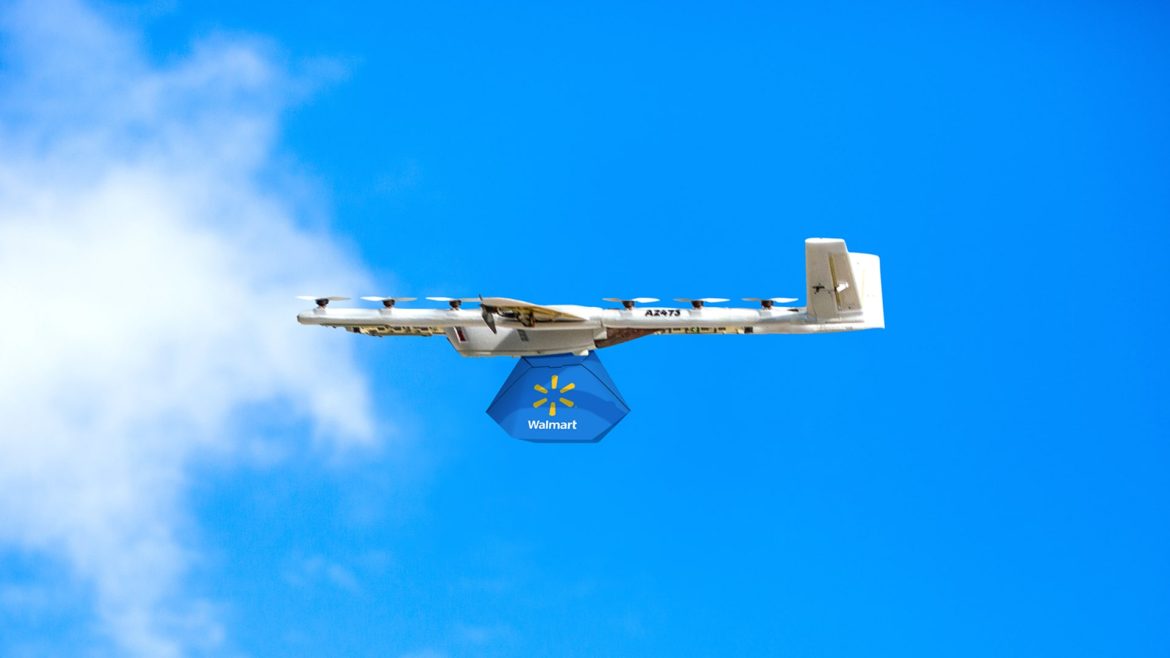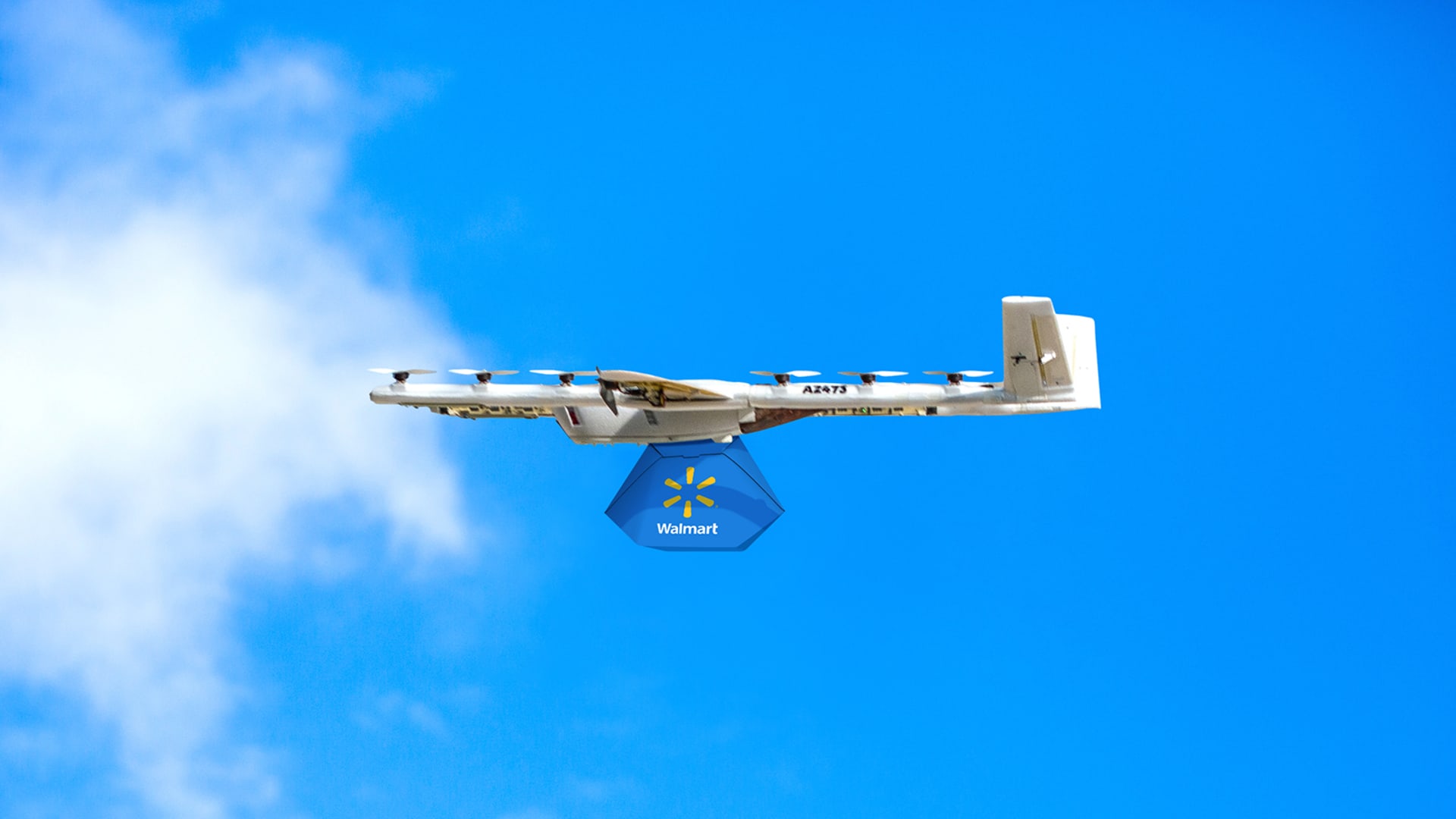Walmart’s Bold Flight Path: Analyzing the Shifts in Its Drone Delivery Strategy
Walmart’s drone delivery initiative, a headline-grabbing fusion of retail and advanced technology, is undergoing significant recalibration in 2024. This dynamic pivot reveals much about the current state of drone commerce, consumer adoption, and the strategic balancing act between innovation and operational pragmatism. By digging into recent developments, we can map out Walmart’s evolving drone delivery landscape and its implications for retail’s future.
—
The Current Terrain: Expansion and Retraction in Tandem
Walmart has notably broadened its drone delivery horizons while simultaneously pulling back in specific regions. Here’s the snapshot:
– Expansion: Walmart, in partnership with Wing, is aggressively rolling out drone delivery to more than 100 stores across five new U.S. cities: Atlanta, Charlotte, Houston, Orlando, and Tampa. This expansion extends drone deliveries across five states—Arkansas, Florida, Georgia, North Carolina, and Texas—with prior established service in Northwest Arkansas and the Dallas-Fort Worth area.
– Retraction: On the flip side, Walmart’s partner DroneUp is shutting down drone delivery operations and closing 18 delivery hubs in three states—Arizona, Utah, and Florida (specifically in Phoenix, Salt Lake City, and Tampa). The delivery service reduction narrows DroneUp’s footprint to just 15 Walmart locations, including 11 in Dallas and 3 near Bentonville, Arkansas, Walmart’s corporate headquarters.
This duality shows Walmart is not retreating from drone delivery altogether but strategically concentrating efforts where demand and operational conditions are most favorable.
—
Why Concentrate on Dallas?
The Dallas-Fort Worth (DFW) metroplex emerges as the epicenter of Walmart’s drone ambitions for several reasons:
– Population Coverage: Walmart asserts its drone delivery now covers up to 75% of the DFW population, maximizing exposure and potential market penetration.
– Operational Efficiency: Focusing on a high-density urban area like Dallas allows Walmart to optimize flight routes, reduce delivery times, and lower logistical costs, which are critical in drone delivery’s high fixed and variable overhead environment.
– Learning Hub: Concentrating operations facilitates deeper data collection, refinement of technology, and customer experience improvements before expanding more widely again.
—
Technological Capabilities and Constraints
The drones currently deployed have payload limits, typically around 2.5 pounds—enough for essentials like groceries, diapers, or small household items but limiting the range of possible deliveries. Wing is reportedly working to increase this capacity, which could open avenues to larger and more diverse orders.
Furthermore, these drones promise rapid delivery, a crucial edge against traditional e-commerce shipping timelines. The $3.99 delivery fee from earlier reports positions the service as both premium and accessible, carving a niche in consumer expectations for immediacy.
—
Strategic Implications and Competitive Position
Walmart’s recalibration is likely influenced by a mix of:
– Customer Demand Variability: The shutdown in three states hints at patchy or insufficient consumer uptake in those areas, prompting a retrenchment.
– Cost Management: Drone delivery remains expensive relative to traditional methods. Cutting less profitable or more logistically challenging markets strengthens financial sustainability.
– Competitive Landscape: Walmart’s ongoing push — becoming the first major retailer to scale drone delivery in multiple states — places it directly in competition with Amazon and others racing to dominate rapid delivery technologies.
– Regulatory and Infrastructure Challenges: Each state and city brings unique airspace regulations and infrastructural issues that impact operational feasibility and expansion speed.
—
What This Means for the Future of Retail Delivery
Walmart’s drone delivery evolution encapsulates the broader trajectory of autonomous retail logistics:
– Hyper-Localization: Drone delivery will thrive where dense populations intersect with logistical compatibility, making regional hubs like Dallas test beds for innovation.
– Iterative Expansion: Expansion will likely be cautious and data-driven, scaling drone deliveries incrementally to balance cost, demand, and technical reliability.
– Technology as a Differentiator: Rapid delivery using drones symbolizes the next frontier in retail customer experience, altering expectations and purchasing behavior.
– Partnership Dynamics: Walmart’s collaboration with multiple partners (DroneUp and Wing) illustrates how retail ventures work alongside specialized drone companies, exploring varying operational models.
—
Conclusion: Navigating the Skies with Focus and Foresight
Walmart’s deliberate pruning of drone delivery services in some states alongside ambitious expansion in others underlines a nuanced, strategic approach to pioneering this disruptive technology. By intensifying efforts in Dallas and other key markets, it optimizes resources, enhances customer experiences, and gathers valuable insights for future scaling.
This careful balancing act underscores a broader retail truth: innovation flourishes not just through bold leaps but through measured refinements attuned to operational realities and customer readiness. As drone delivery continues to evolve, Walmart stands poised to shape how consumers experience convenience, speed, and technology in everyday shopping—one neighborhood at a time.





